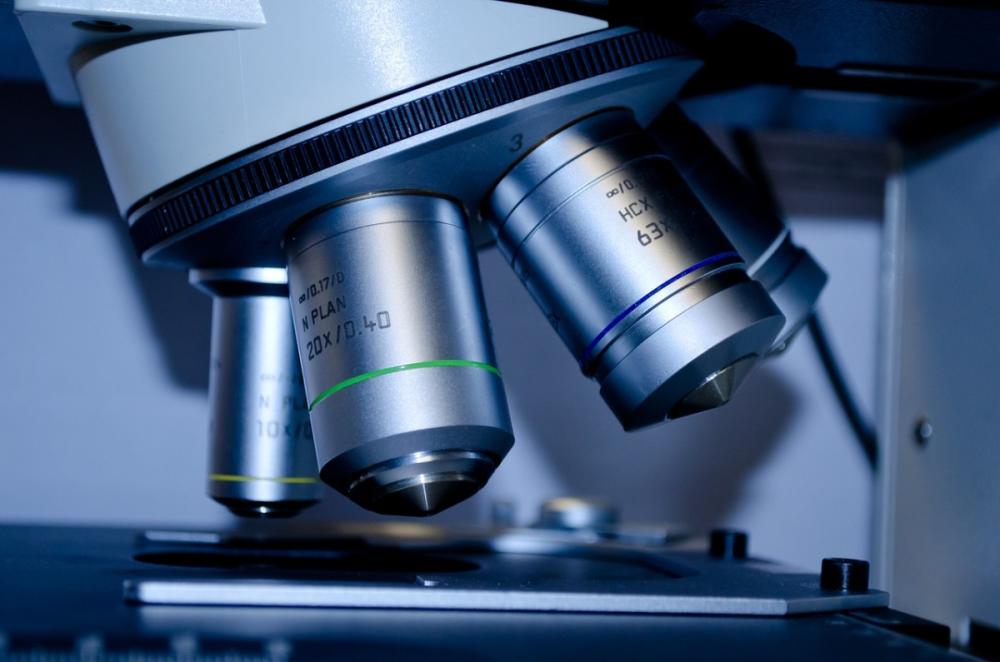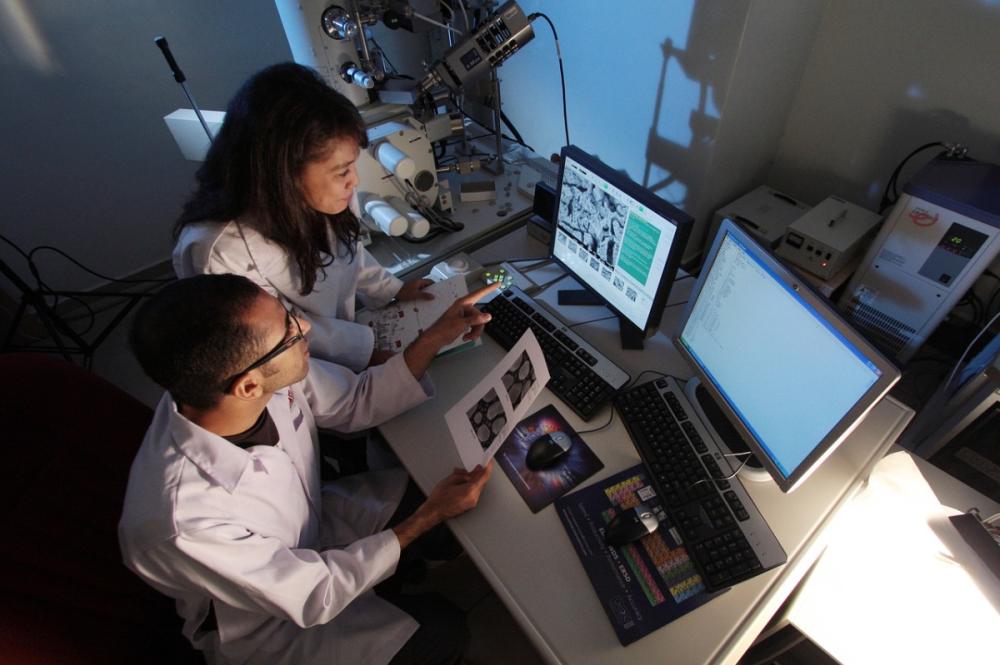search
6th Nov 2025, 5:16AM
 | Cumbria Times A Voice of the Free Press |
1:00 AM 9th December 2023
scitech
What Is Holding Back Development Of Medicines And Pharmaceutical Drugs?

Image by PublicDomainPictures from Pixabay
When all we have to deal with is the flu, an upset tummy, or a nasty cut, we have supreme confidence in the available remedies. When something more serious arises we gain a glimpse of the complexities of modern medicine.
What makes a drug a success?
Recently, a trial of a new Alzheimer’s drug, lecanemab (brand name Leqembi), suggested it reduced the rate of cognitive decline in people with mild impairment. The drug was hailed as ‘momentous’ and ‘historic’, but it is expensive, must be administered via fortnightly intravenous infusions and requires multiple MRI scans due to the risk of potentially fatal bleeding in the brain. It is not even clear if patients and their families will notice any benefit from the treatment, and there are serious questions about its value for women (females are twice as likely as males to develop Alzheimer’s).(1)
Can this really be regarded as a success?
Strokes, dementia, most cancers, brain injuries, multiple sclerosis, motor neurone disease, osteoarthritis, Crohn’s disease, Parkinson’s disease … the list of conditions where we have little to offer sufferers goes on. After decades and decades of research into these diseases, why has there been so little progress in medicine? Why has it been so unproductive?

Image by felixioncool from Pixabay
Most of the research into these diseases has been conducted on animals. Scientists try to reproduce the disease in animals and then test new drugs on these animals. We often hear about new medical breakthroughs as a result of this type of research, but unfortunately, when they are followed up years later, most of these breakthroughs come to nothing.(2)
New scientific evidence shows that animal research does not actually translate to humans as well as we thought, so we can’t extrapolate what is found in animals to humans with any degree of certainty.(3) This uncertainty is due to species differences; even very small differences between animals and humans can lead to significant changes in outcome, which is obviously problematic when it comes to developing drugs.
When pharmacologist, Dr Bob Coleman, began his career with the pharmaceutical giant, Glaxo, his arrival coincided with the discovery of some well-known drugs such as the bronchodilator salbutamol (marketed as Ventolin) and beclomethasone (Becotide). Much of the research into these drugs was conducted on animals, yet Coleman describes these successes as ‘lucky’, because other research programmes underway at the same time within the company came to nothing. The reason for this, he writes, ‘is simply that experimental animals have always been unreliable in their predictive power for human efficacy and safety, providing useful information on some drug candidates, but not on others’. (4) This goes some way to explaining why over 90% of drugs that have been tested for safety and efficacy in animals go on to fail when tested in humans.(5)
Reliability of animal testing
Even the few drugs that go on to be licensed for use in the general population can have unexpected and serious adverse effects once they are prescribed in large numbers. The arthritis drug rofecoxib (Vioxx) passed tests in several different animal species yet it caused tens of thousands of excess cases of serious coronary heart disease in the US before it was removed from the market. (6)
Likewise, troglitazone (Rezulin), approved in the US in 1997 for the treatment of diabetes, was withdrawn in 2000 after reports of death and severe liver failure requiring transplantation. Animal studies had not predicted troglitazone’s potential to cause serious adverse effects in humans, yet tests on human cells and tissues strongly indicate its effect on the liver. Had they been used instead of the animal studies, these tests would have given clear warning signs. (7)
Human biology-based research
At Safer Medicines Trust, we believe that using human biology-based research is the best way to develop safe and effective treatments for patients. Such research has advanced in leaps and bounds over the last couple of decades and generates findings that are directly relevant to humans, making medical research much more reliable. Does it really make sense to investigate diseases in animals and then try to apply the findings to humans. It is much more sensible to study humans directly.
Scientists can now draw upon a range of innovative technologies that use human cells. Perhaps the most exciting of these is the ‘organ-on-a-chip’ – a chip the size of a computer memory stick which contains microscopic hollow channels that can be lined with living human cells taken from an organ and through which blood, air and nutrients can be pumped. Organ chips closely mimic the dynamic microenvironment that cells are exposed to within the human body and have been used to great effect.
In 2022, for example, a team led by Lorna Ewart from biotech company Emulate, used 870 liver-chips to test 27 drugs that had been judged safe for human use based on animal study evidence, but which had gone on to cause serious adverse reactions in humans, including liver failure and death. The liver chips were able to detect toxicity in almost seven out of every eight drugs that were toxic to the human liver, far outperforming tests in animals. (8) How much harm might be averted if organ chips were used more widely in drug development and testing?
Computer modelling and artificial intelligence are also beginning to transform drug testing. An in silico software programme, DILIsym®, predicted that two migraine drugs (telcagepant and MK3207) would be toxic to the human liver, a prediction that led to their development being terminated even though animal studies had failed to raise any significant safety concerns. Had only animal studies been used, telcagepant and MK3207 may well have gone on to harm humans. Furthermore, DILIsym® predicted that a related drug, ubrogepant, would be relatively safe for the liver. This was confirmed in human trials and the drug was subsequently approved by the FDA. (9) Such findings provide a glimpse of a much brighter future.

Dr Pandora Pound
References
1. Rubin R. Who Should—and Can—Get Lecanemab, the New Alzheimer Disease Drug? JAMA. Published online September 27, 2023. doi:10.1001/jama.2023.14443
2. Bailey J, Balls M. Clinical impact of high-profile animal-based research reported in the UK national press. BMJ Open Sci. 2020;4(1):e100039. doi:10.1136/bmjos-2019-100039
3. Pound P. Rat Trap: The Capture of Medicine by Animal Research - and How to Break Free. Troubador Publishing; 2023.
4. Coleman RA. Drug discovery and development tomorrow - Changing the mindset. ATLA Altern to Lab Anim. 2009;37(SUPPL. 1):1-4. doi:10.1177/026119290903701s02
5. Thomas D, Burns J, Audette J, Caroll A, Dow-Hygelund C, Hay M. Clinical Development Success Rates 2006-2015.; 2016. https://www.bio.org/sites/default/files/legacy/bioorg/docs/Clinical Development Success Rates 2006-2015 - BIO, Biomedtracker, Amplion 2016.pdf
6. Graham DJ, Campen D, Hui R, et al. Risk of acute myocardial infarction and sudden cardiac death in patients treated with cyclo-oxygenase 2 selective and non-selective non-steroidal anti-inflammatory drugs: nested case-control study. Lancet. 2005;365(9458):475-481. doi:10.1016/S0140-6736(05)17864-7
7. Dirven H, Vist GE, Bandhakavi S, et al. Performance of preclinical models in predicting drug-induced liver injury in humans: a systematic review. Sci Rep. 2021;11(1):6403. doi:10.1038/s41598-021-85708-2
8. Ewart L, Apostolou A, Briggs SA, et al. Performance assessment and economic analysis of a human Liver-Chip for predictive toxicology. Commun Med. 2022;2(154):1-16. doi:10.1038/s43856-022-00209-1
9. Watkins PB. DILIsym: Quantitative systems toxicology impacting drug development. Curr Opin Toxicol. 2020;23-24:67-73. doi:10.1016/j.cotox.2020.06.003
1. Rubin R. Who Should—and Can—Get Lecanemab, the New Alzheimer Disease Drug? JAMA. Published online September 27, 2023. doi:10.1001/jama.2023.14443
2. Bailey J, Balls M. Clinical impact of high-profile animal-based research reported in the UK national press. BMJ Open Sci. 2020;4(1):e100039. doi:10.1136/bmjos-2019-100039
3. Pound P. Rat Trap: The Capture of Medicine by Animal Research - and How to Break Free. Troubador Publishing; 2023.
4. Coleman RA. Drug discovery and development tomorrow - Changing the mindset. ATLA Altern to Lab Anim. 2009;37(SUPPL. 1):1-4. doi:10.1177/026119290903701s02
5. Thomas D, Burns J, Audette J, Caroll A, Dow-Hygelund C, Hay M. Clinical Development Success Rates 2006-2015.; 2016. https://www.bio.org/sites/default/files/legacy/bioorg/docs/Clinical Development Success Rates 2006-2015 - BIO, Biomedtracker, Amplion 2016.pdf
6. Graham DJ, Campen D, Hui R, et al. Risk of acute myocardial infarction and sudden cardiac death in patients treated with cyclo-oxygenase 2 selective and non-selective non-steroidal anti-inflammatory drugs: nested case-control study. Lancet. 2005;365(9458):475-481. doi:10.1016/S0140-6736(05)17864-7
7. Dirven H, Vist GE, Bandhakavi S, et al. Performance of preclinical models in predicting drug-induced liver injury in humans: a systematic review. Sci Rep. 2021;11(1):6403. doi:10.1038/s41598-021-85708-2
8. Ewart L, Apostolou A, Briggs SA, et al. Performance assessment and economic analysis of a human Liver-Chip for predictive toxicology. Commun Med. 2022;2(154):1-16. doi:10.1038/s43856-022-00209-1
9. Watkins PB. DILIsym: Quantitative systems toxicology impacting drug development. Curr Opin Toxicol. 2020;23-24:67-73. doi:10.1016/j.cotox.2020.06.003